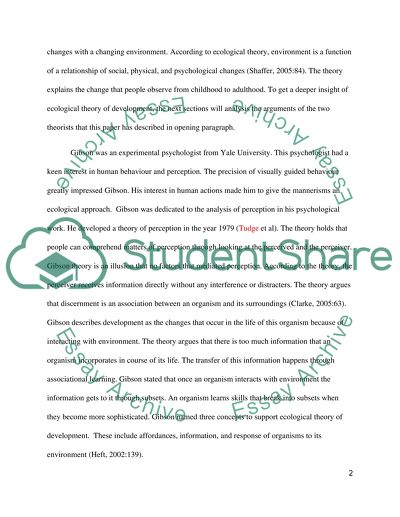Cite this document
(“Gibson and Bronfenbrenner's Ecological Theories of Development Essay”, n.d.)
Gibson and Bronfenbrenner's Ecological Theories of Development Essay. Retrieved from https://studentshare.org/psychology/1449069-compare-and-contrast-gibson-s-and-bronfenbrenner-s
Gibson and Bronfenbrenner's Ecological Theories of Development Essay. Retrieved from https://studentshare.org/psychology/1449069-compare-and-contrast-gibson-s-and-bronfenbrenner-s
(Gibson and Bronfenbrenner'S Ecological Theories of Development Essay)
Gibson and Bronfenbrenner'S Ecological Theories of Development Essay. https://studentshare.org/psychology/1449069-compare-and-contrast-gibson-s-and-bronfenbrenner-s.
Gibson and Bronfenbrenner'S Ecological Theories of Development Essay. https://studentshare.org/psychology/1449069-compare-and-contrast-gibson-s-and-bronfenbrenner-s.
“Gibson and Bronfenbrenner'S Ecological Theories of Development Essay”, n.d. https://studentshare.org/psychology/1449069-compare-and-contrast-gibson-s-and-bronfenbrenner-s.


